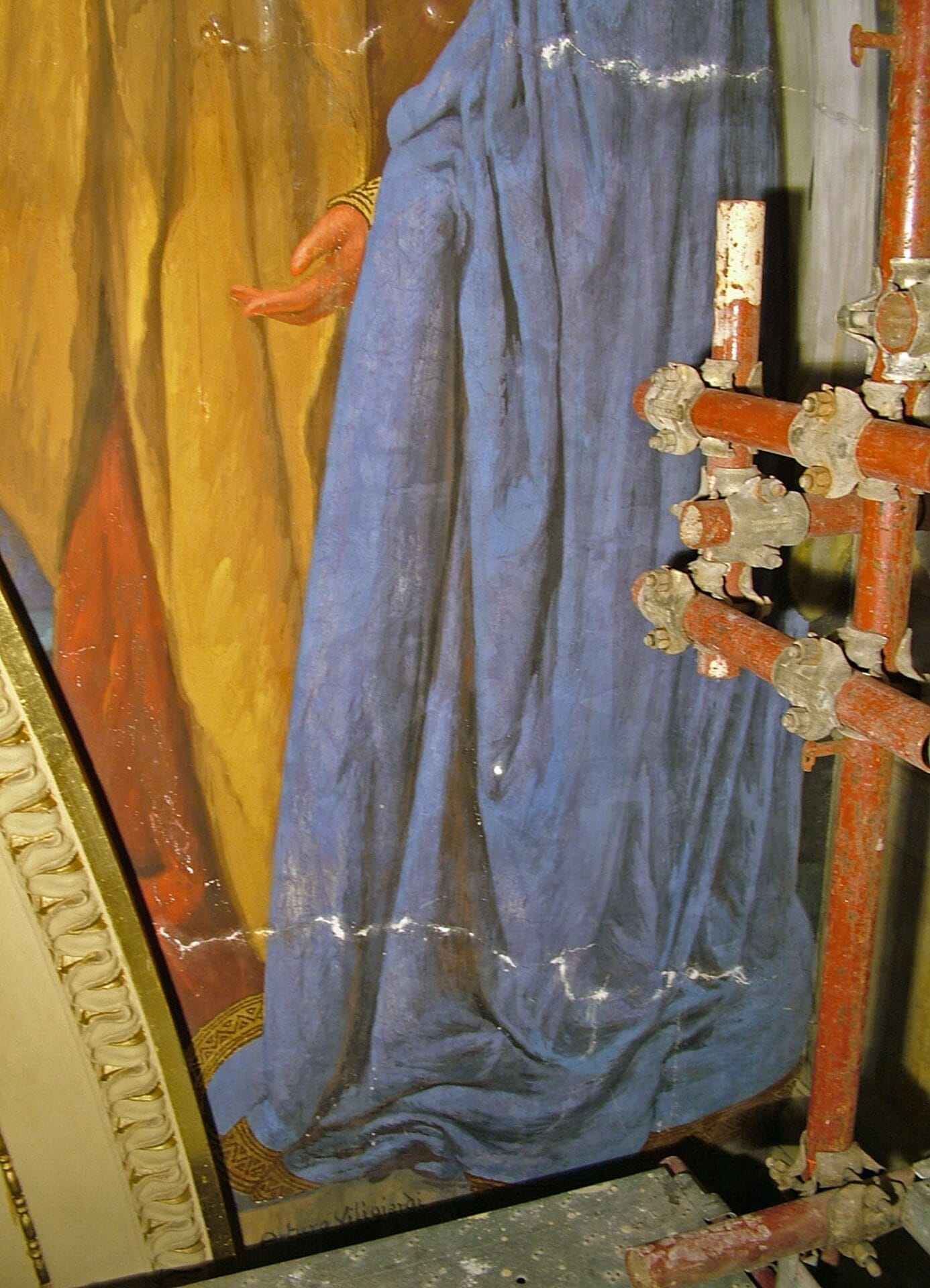ART CONSERVATION

“NON SOLO ARTE” specializes in the conservation and restoration of works of art on canvas, paper, paintings on wood, wooden sculptures, objects and gilded frames, frescoes and masonry works damaged by water, smoke, earthquakes and neglect, or simply due to the natural aging process of the materials used in the production of the work itself.
Trained in prestigious artistic and cultural academies in Italy, with 20 years of experience as a professional in the field of the arts, “NON SOLO ARTE” ‘s work focuses on quality and attention to detail, dedication and deep passion towards the language of the arts.
For more in-depth information do not hesitate to read or download my CV and my portfolio available on this page, or contact me directly at the addresses visible on this site. I will answer your questions as soon as possible.
CANVAS-WOODEN BOARDS-WOODEN SCULPTURE
“NON SOLO ARTE” offers a series of conservation and restoration treatments of works on Canvas, Wooden Boards and Wooden Sculptures, some of which are listed below:
PAPER
“NON SOLO ARTE” offers a series of conservation and restoration treatments of works on paper, some of which are listed below:
GILDED SURFACES-METAL OBJECTS
AND FRAMES
“NON SOLO ARTE” offers a series of conservation and restoration treatments of decorative elements and gilded architectural surfaces, gilded wooden frames and art objects in metal alloy or covered with the gilding technique, some of which are listed below:
WALL PAINTINGS
“NON SOLO ARTE” offers a series of conservation and restoration treatments of frescoes, mural paintings and decorative elements of architectural surfaces, some of which are listed below:
How I work
1. Initial consultation
Send me a message to schedule a consultation. If you have images of your object, I may be able to give you a sense of the treatment involved before meeting in person or having the object physically available for a more accurate investigation.
2. Assesment
Once a consultation has been scheduled, your object will be assessed and photographed. A brief condition report of the object will be created and micro-testing may be performed in order to generate a treatment plan tailored to your object.
3. Restoration process
The treatment plan will be discussed and decided upon in conjunction with the owner. All treatments will be documented and adhere to the Code of Ethics and Guidelines for Practice approved by national and international conservation and restoration associations.
4. Post treatment
After the treatment is completed, the object will be photographed, packaged for transportation and returned along with a report detailing the conservation of the object. Recommendations for storage and display may also be given.
